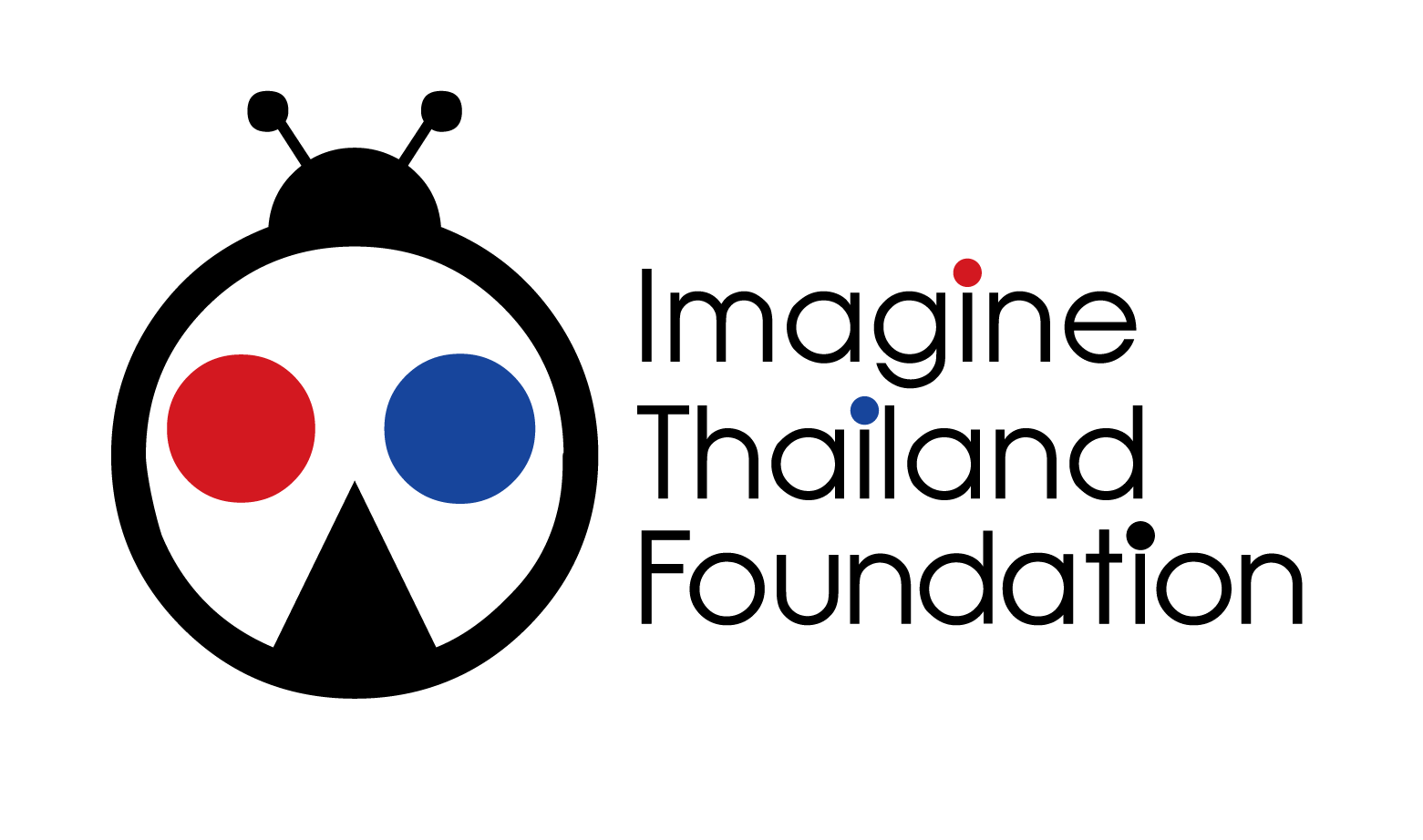Water, Water, Everywhere, But Not a Drop to Drink (Until Now)
Extensive studies of shipwreck survivors during World War II showed that the maximum time without water recorded by any survivor was 11 days. Most started dying after 3.
Raging thirst leads to loss of appetite, severe lack of energy, a rise in body temperature, then nausea. Dizziness, headaches, dry mouth, difficulty speaking and inability to walk soon follow. Delirium sets in as kidneys start to shut down, and the heart works at a furiously high capacity trying to pump blood that is now concentrated and thick. The organs can’t keep up and death soon follows.
Yet, all around is water. The mind and body plead for it. They start to drink. A little bit will help. But it’s not enough, so they drink some more. The body is getting a tsunami of sodium, double the amount it can safely handle. Every cell is now shrinking, expanding and exploding as they sacrifice what’s called their “free water”. This is the body’s attempt to lower the sodium deluging the blood stream. However, it’s now caught in a loop of self-destruction: Cells are empty of water, kidneys are overloaded, neurons either misfire or don’t fire at all, and the heart fails to keep up with the deadly demands placed upon it.
Whether it’s no water, or the wrong kind of water, the end is the same. And it’s not unique to mariners marooned on an unforgiving ocean. South East Asia has water, water, everywhere, but hidden within its microscopic depths are a myriad deadly bacteria, viruses and parasites.
Contaminated water can transmit diseases such as diarrhea, cholera, dysentery, typhoid, schistosomiasis, Hepatitis A, and polio. Diarrhea deaths alone account for 485,000 deaths each year worldwide ... and it’s almost completely preventable.
We’ve wanted to change that almost since our inception. It’s in our DNA, because kids and communities shouldn’t suffer and die simply for want of clean water.
In Mae Sot, NW Thailand, live two dedicated, immensely resourceful employees of Imagine Thailand ... one Thai, one Burmese-Karen. For more than a decade, Li Mei and Nay Nay have been the brains, energy and passion of our Clean Water Project. Over 100 mostly migrant communities, on both sides of the Thai-Myanmar border, have drinkable water because they worked, and others gave. It’s only through this partnership—Imagine and compassionate donors—that clean water becomes a reality in a region rife with poverty and illness.
Can we make a big request? Can we ask that when you look to do good, make a difference, give back, you think of the Li Mei’s, the Nay Nay’s, the migrant schools and their communities? Would you become a partner in giving health, and hope?

